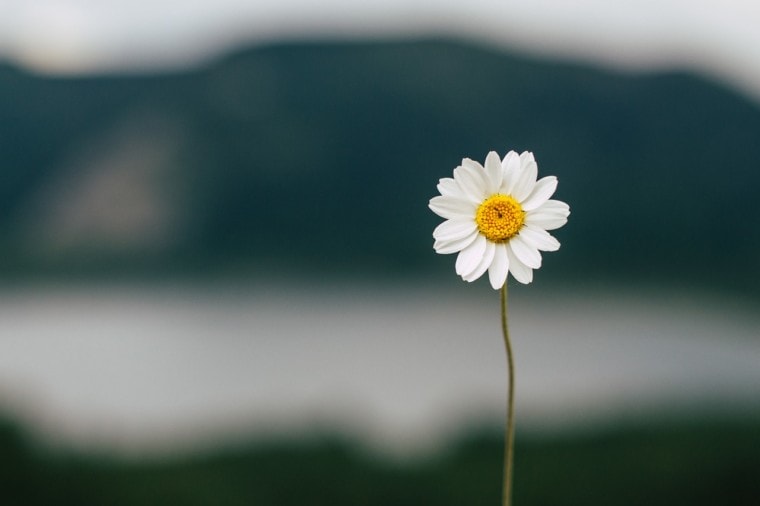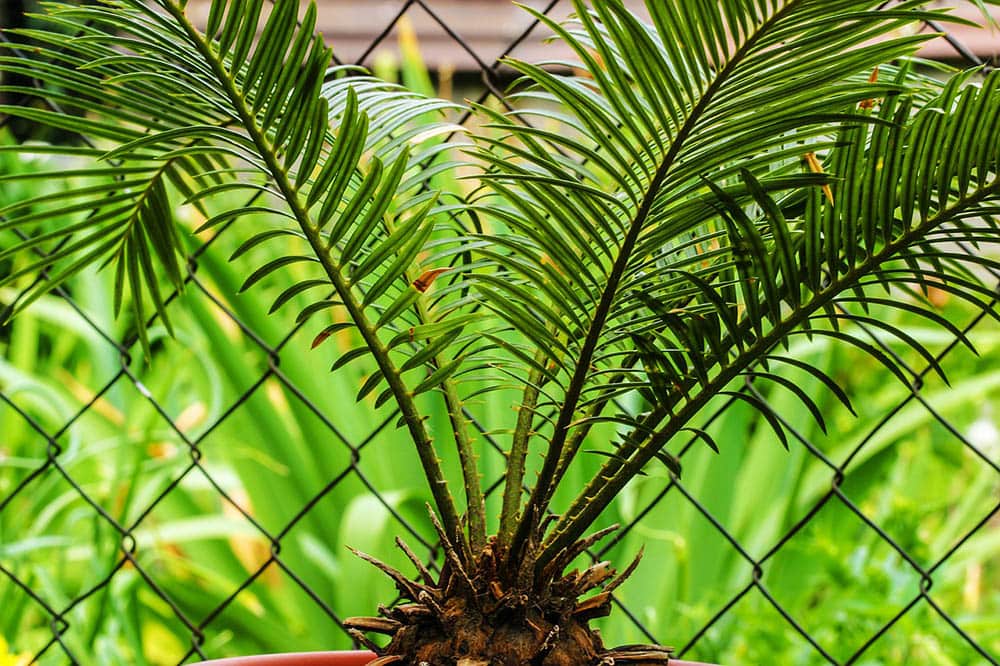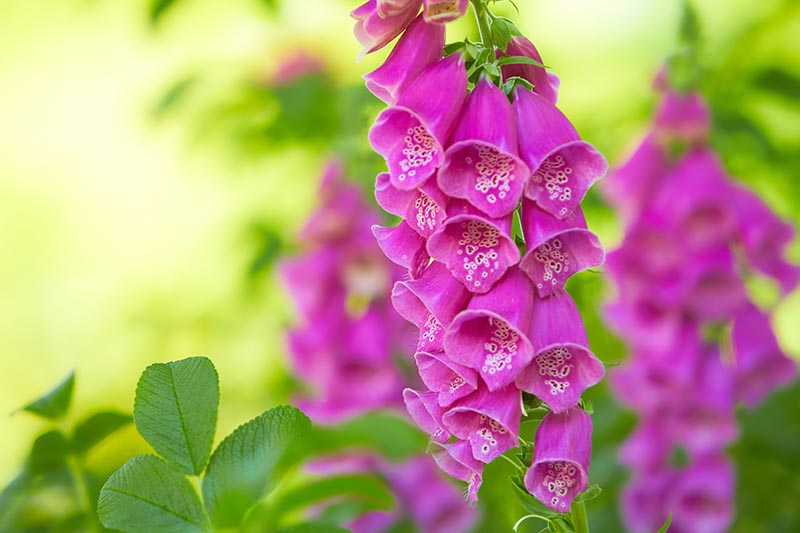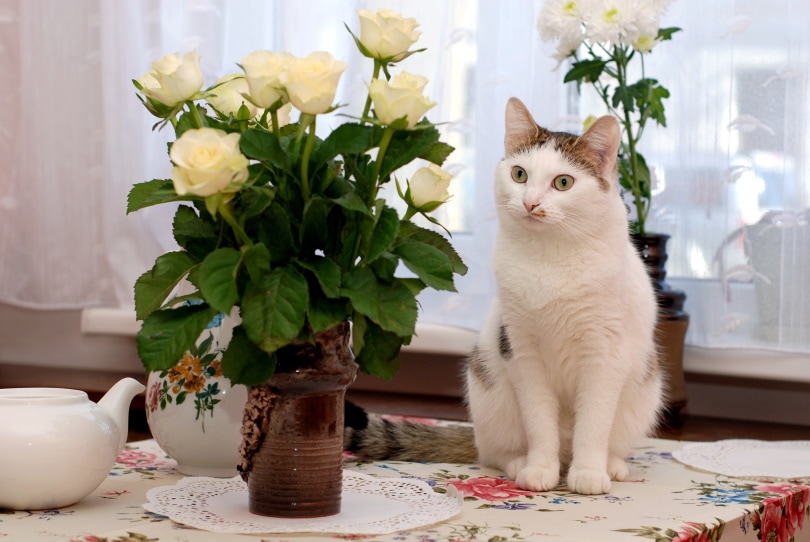
Protecting your cat from harmful substances can be a full-time job when you have a curious pet, but did you know that some of the flowers around your home and yard are toxic to your cat? Cats are attracted to substances with a strong odor, and unfortunately, daisies fall into that category. Daisies are toxic to felines, and they should be removed from your home and yard to protect your pet. If you have a cat that never wanders outdoors, you can plant daisies in the yard, but be careful not to track the petals into your home. Daisies represent a small portion of common flowers that are dangerous to your pet, but we’ll show you which ones are safe and which plants should be avoided.
Is There a Safe Daisy to Display Indoors?
Although you cannot keep most daisy varieties in your home, it’s safe to display gerbera daisies (Gerbera jamesonii) around cats or dogs. Luckily, gerberas are one of the most vibrant and beautiful daisies you can buy, and they brighten up any home or outdoor space. You can plant them as perennials if you live in a temperate zone with warm winters or replant them every year as annuals in colder climates. The gerbera flowers come in multiple colors: bi-colored, lavender, yellow, pink, white, salmon, orange, and red.

Which Daisies Should Be Removed?
The flower is the most toxic section of the daisy, but your cat can have an adverse reaction after consuming any part of the plant, including the pollen. Your cat can munch on gerbera flowers and stems, but keep your pet away from every part of these daisies:
Some cats may not nibble on flowers, but it’s best to remove the daisies just in case.
The 11 Flowers & Plants That Pose the Greatest Risk to Your Cat’s Health
Before discussing the most common plants to remove from your home, you can view the ASPCA’s list of toxic plants. The comprehensive list allows you to select a cat, dog, or horse to refine your search. The list is too vast to cover in detail, but we’ve included some facts of the most common plants that can harm your cat. The signs of toxicity we mention for each plant are based on the ASPCA’s toxic plant list, but the severity of them depends on your cat’s age, diet, and health.
1. Lilies

Although they can turn a dull room into a colorful space, lilies are one of the deadliest flowers your feline can consume. The group of lilies considered as true lilies, Lilium sp. and Hemerocallis sp., include peace lilies, daylilies, lily of the valley, Asiatic lilies, and East lilies. Your feline can become gravely ill from consuming the flowers, pollen, or even the water from a flower vase. Some of the signs include vomiting, seizures, low heart rate, renal failure, and death.
2. Sago Palm

Also called a coontie palm or cardboard palm, a sago palm resembles a stunted palm tree, but it’s not a plant you’ll want near your kitty. The palm’s tough bark is appealing to cats because it resembles a live scratching post. Cats will bite and scratch sago, but it contains a neurotoxin that can be fatal to cats, dogs, and horses. Possible signs include vomiting, diarrhea, jaundice, and death. The seeds are particularly deadly, since they contain the most concentrated toxin.
3. Azaleas and Rhododendrons

Rhododendrons and azaleas are standard features in backyards around the country, and their flowers are often displayed in a vase indoors. However, the beautiful petals can cause significant harm to your pet. Consuming as little as 2% of the cat’s body weight can cause toxicity. Grayanotoxins affect the sodium channels of the skeletal and cardiac muscles. The signs include diarrhea, vomiting, low heart rate, heart failure, coma, or death.
4. Datura

Datura plants spread quickly around rural landscapes, and they’re beloved by horticulturalists for their colorful, trumpet-like flowers. They include several species of flowers, including jimson weed, sacred datura, and devil’s trumpet. Several homeowners plant datura in their backyard, but the plant’s seed pods pose a hazard to any animal that steps on your property. All parts of the plant are toxic as they contain tropane alkaloids that can harm humans, farm animals, and pets if ingested. Signs include increased heart rate, increased thirst, confusion, constipation, convulsions, and death. In colonial Jamestown, Virginia, several hungry soldiers died when they consumed datura seed pods.
5. Autumn Crocus

Although the most potent section of the flower lies in the bulb, each inch of the vibrant autumn crocus can harm your cat. It’s a common part of florist arrangements, but it’s best to keep it out of your home. It contains toxic alkaloids like colchicine that can cause diarrhea, bloody vomiting, organ failure, seizures, and suppression of the bone marrow. Another common name for the crocus is meadow saffron.
6. Cyclamen

Also referred to as sowbread, the cyclamen is a flowering houseplant that should only be displayed in homes without pets. It contains terpenoid saponins that can cause irreversible damage to your cat. Ingesting the flower can cause diarrhea, vomiting, and excessive thirst, but the real danger lies in the plant’s tuber. If your cat digs up and eats the tubers from a potted sowbread, it can result in seizures, heart abnormalities, and death.
7. Narcissus

Although it adorns much of a gardener’s landscape in the spring, the narcissus is not a pet-friendly flower. Also called paperwhite, daffodil, and jonquil, the narcissus contains the deadly alkaloid lycorine. The flower bulb is the most potent part of the plant, and it can cause diarrhea, increased thirst, and vomiting. If a large quantity is consumed, it can lead to tremors, low blood pressure, convulsions, cardiac arrhythmia, and respiratory depression.
8. Lantana

Also named red sage, shrub verbena, and yellow sage, the lantana plant is toxic to cats, horses, and dogs. Lantanas are perennials that often appear in home gardens and public spaces. Although the varieties of lantana that do not produce berries are safer around children and pets, every section of the plant, including the leaves and stems, is toxic to cats. The unripe berries are especially poisonous, and they can cause heavy breathing, diarrhea, vomiting, and possibly even liver failure.
9. Foxglove

Although some cat owners with indoor cats that do not venture outdoors can plant foxgloves outdoors without any problems, it’s best not to take the risk. These garden plants contain cardiac glycosides that interfere directly with the electrolyte balance of the heart muscle. The signs include weakness, nausea, vomiting, dilated pupils, heart failure, and death.
10. Yew

The yew, also known as the Japanese yew, is an attractive plant that is toxic to cats, humans, and dogs if it’s eaten. The plant produces poisonous berries, but the foliage is the most potent part of the plant. Unlike many of the other toxic plants, the yew can cause sudden death without warning. However, some animals that eat the plant can experience early signs such as dyspnea, seizures, and muscular tremors. Yews are one of the most dangerous of all the toxic plants to have in your home.
11. Oleander

Oleanders are often planted in regions with mild climates, but the bright flowers are also added to indoor flower arrangements. Oleanders are sometimes arranged as privacy barriers between two properties, but you don’t want an outdoor cat to be tempted to nibble on the leaves or flowers. Oleanders have cardia glycosides that can harm pets and humans. Signs of oleander toxicity include diarrhea, drooling, abdominal pain, colic, tremors, seizures, and death.
Which Flowers Are Safe for Cats?

If you compare this list to the ASPCA’s toxic list, you’ll notice the scarcity of flowers that are safe for pets. Luckily, some of plant lovers’ favorite flowers are included, such as roses and orchids.
 Final Thoughts
Final Thoughts
If your cat eats a hazardous plant, contact the veterinarian and the ASPCA’s poison control hotline (888 426-4435) immediately. If you have a friend or family member to help you, ask them to take pictures of the plant responsible for the sickness and clip a portion of the flower to store it in a sealed plastic bag. Take your furry friend to the emergency vet and provide the doctor with as much information about the incident and plant involved as possible. Hopefully, by learning about toxic plants, you can keep your feline healthy.
Looking for more information on plant toxicity? Try:
- Are Tulips Toxic to Cats? What You Need to Know!
- Are Pothos Plants Toxic to Cats? What You Need to Know!
Featured Image Credit: Pixabay








